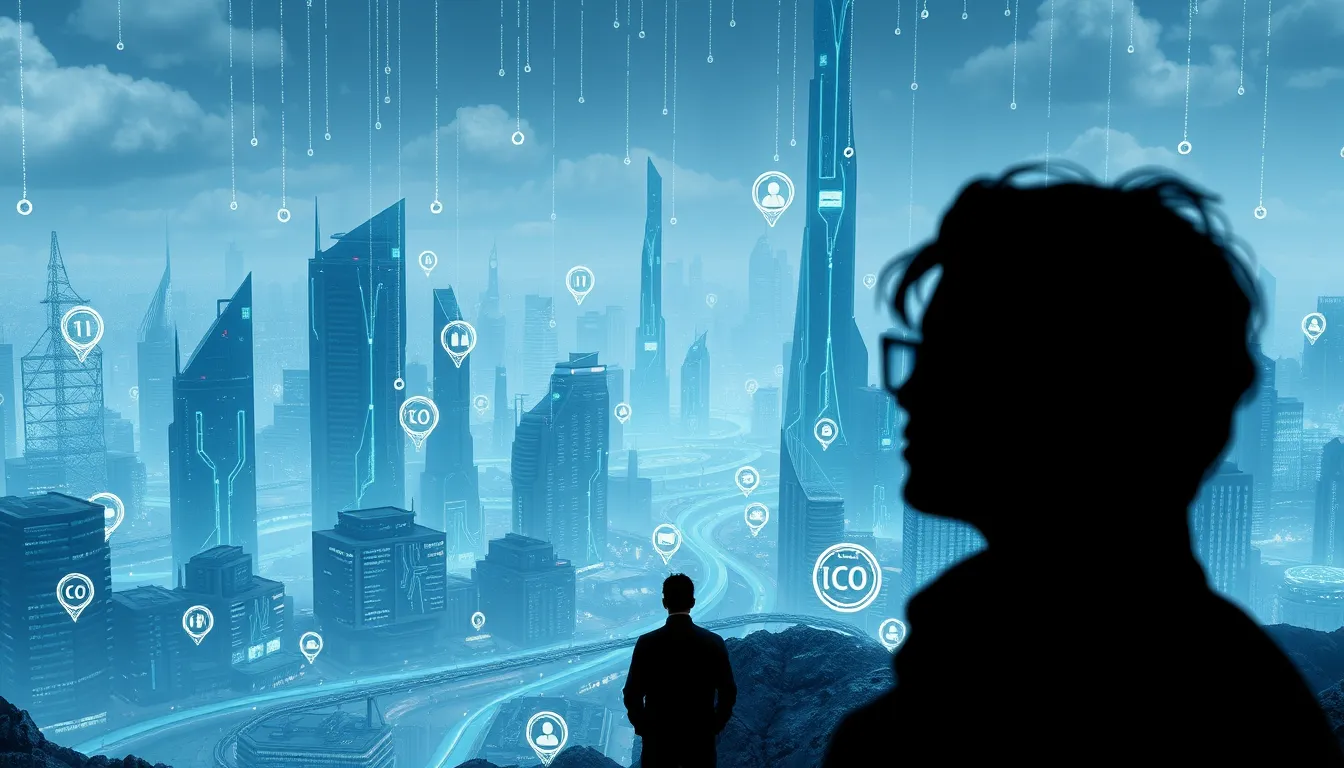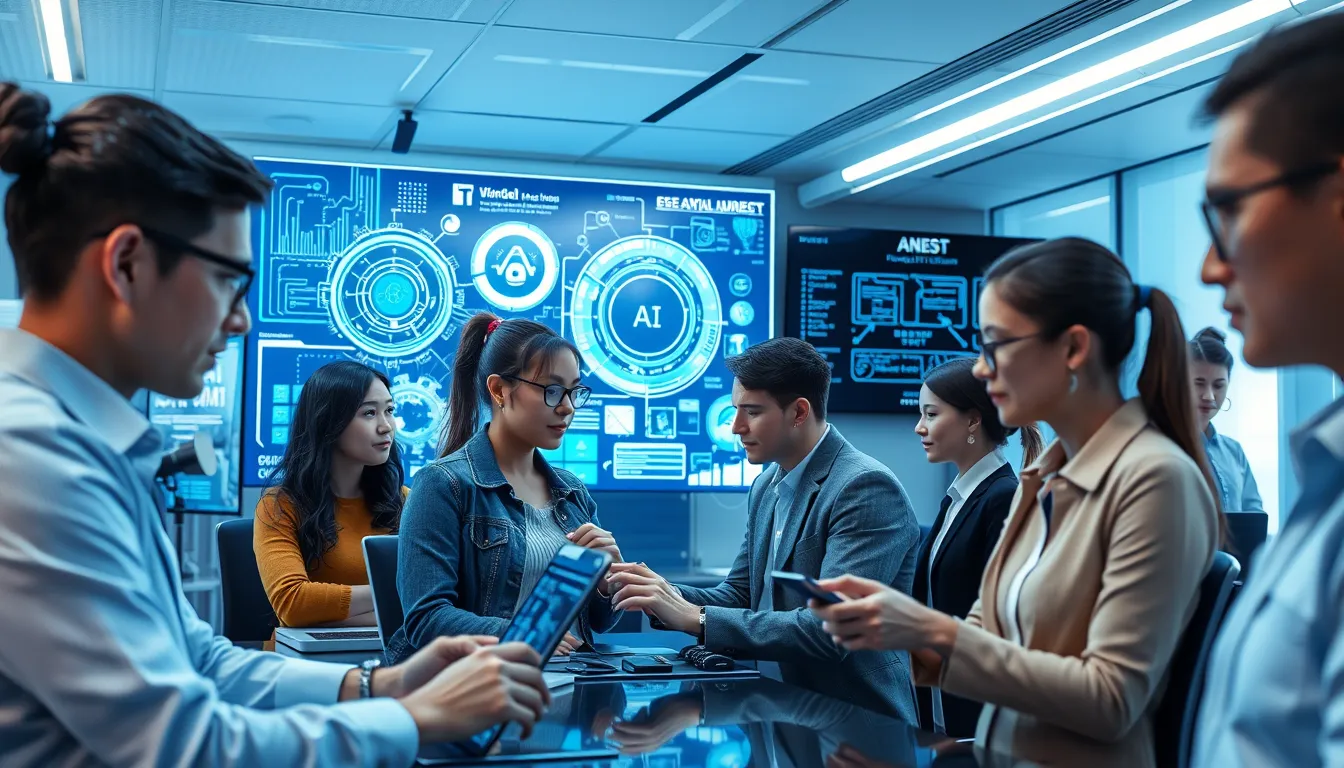Now Reading: Revolutionizing Open-Source AI: Democratization & Accessibility
-
01
Revolutionizing Open-Source AI: Democratization & Accessibility
Revolutionizing Open-Source AI: Democratization & Accessibility

Revolutionizing Open-Source AI: Democratization & Accessibility
The landscape of artificial intelligence is undergoing a significant transformation, led by the wave of open-source AI. This movement is not just about free code; it is about the democratization of AI, enabling a wider audience to access cutting-edge technology. In this comprehensive article, we will dive into the benefits and challenges of open-source AI, examine technical expertise and hardware requirements, and explore strategies for making AI truly accessible.
Understanding Open-Source AI and Democratization
Open-source AI refers to the publicly available tools and frameworks that empower developers, researchers, and enthusiasts to innovate without the barrier of expensive proprietary software. The concept of democratization of AI is about breaking down barriers and providing equal opportunities. Although the code is free, achieving real AI accessibility involves overcoming hurdles such as steep learning curves and hidden costs.
The fundamental aim of open-source AI is to enable a collaborative environment where ideas flourish and innovation is rapid. However, while the promise of open-source democratizes access, acquiring practical proficiency requires substantial technical expertise. For instance, mastering open-source machine learning frameworks demands an understanding of both the theoretical and practical aspects of the tool, which can be daunting for beginners.
Benefits and Challenges of Open-Source AI Tools
Open-source AI tools offer many benefits that attract both large tech companies and small organizations.
Bullet Points of Benefits:
- Cost-effectiveness: Tools and platforms are available for free.
- Community Collaboration: Global development and debugging efforts enhance tool performance.
- Rapid Innovation: An open feedback loop results in quicker improvements and feature additions.
- Customization: Users can tailor the tools to suit specific needs.
Despite these advantages, there are significant challenges, such as the challenges of using open-source AI, which include the need for advanced technical knowledge and the complexity of installation and integration. Open AI frameworks often require a rigorous environment setup with dependencies that can confound less experienced users. Additionally, while tutorials and community forums exist, they sometimes fall short of bypassing the steep learning curve.
Technical Requirements and Hidden Costs
While the software behind open-source AI is free, the underlying hardware and technical setup come with hidden costs. One of the most significant barriers is the advanced hardware requirements necessary to run modern AI models effectively. Not only do users need access to high-performance CPUs and GPUs, but they also must invest time in configuring and maintaining this equipment.
For instance, many projects discuss open-source AI hardware requirements that can limit accessibility to those with substantial resources. The need for continuous system updates and troubleshooting further complicates the matter. Moreover, specialized technical expertise in AI is often critical in understanding these systems’ intricacies. Without robust technical support, users may end up relying on external services, reintroducing added costs and dependencies.
Bridging the Gap: Strategies for Enhancing AI Accessibility
Given the challenges outlined, experts are developing innovative strategies to bridge the gap between theoretical accessibility and practical implementation. Efforts to simplify open-source AI installation are underway, including the development of more user-friendly interfaces and streamlined documentation that demystify complex setups.
Key Strategies Include:
- Creating Comprehensive Tutorials: Step-by-step guides that help users overcome initial hurdles.
- Community-Driven Support: Enhanced forums and mentorship programs where experienced users assist newcomers.
- Simplified Installation Processes: Investing in software solutions that automatically configure hardware and software dependencies.
- Transparent Discussion of Costs: Acknowledging the hidden costs associated with hardware and maintenance while advocating for affordable alternatives.
Furthermore, discussions on the democratization of AI stress the importance of designing systems that scale in both performance and ease of use. By addressing these technical challenges head on, developers can help promote an inclusive AI ecosystem. For example, educational institutions and community groups can collaborate to provide training and resources, ensuring that even those with limited technical backgrounds can participate in AI innovation.
The Future of Open-Source AI
The future of open-source AI relies on continuous improvements and community engagement. As more users adopt these technologies, the collective push for enhanced accessibility and user-friendly tools will intensify. By focusing on quality documentation, reducing technical entry barriers, and addressing hidden costs, the true potential of open-source AI can be realized.
In conclusion, the journey toward open-source AI democratization is a multifaceted challenge that marries the promise of free, innovative tools with the realities of technical expertise and hardware demands. Despite significant barriers, ongoing strategies are paving the way for a more inclusive future in AI. Ultimately, the success of these efforts will determine if we can truly democratize AI for everyone.
Adopting robust, community-supported initiatives and ensuring that technical complexities do not hinder progress are critical to shaping an AI-enhanced future that benefits all. For readers interested in further insights, exploring official documentation on open-source projects from credible sources like OpenAI and other reputable tech forums can provide additional guidance and support.
By focusing on both innovation and accessibility, the open-source AI movement continues to drive remarkable changes, ultimately leading to a more equitable and technically empowered society.

























